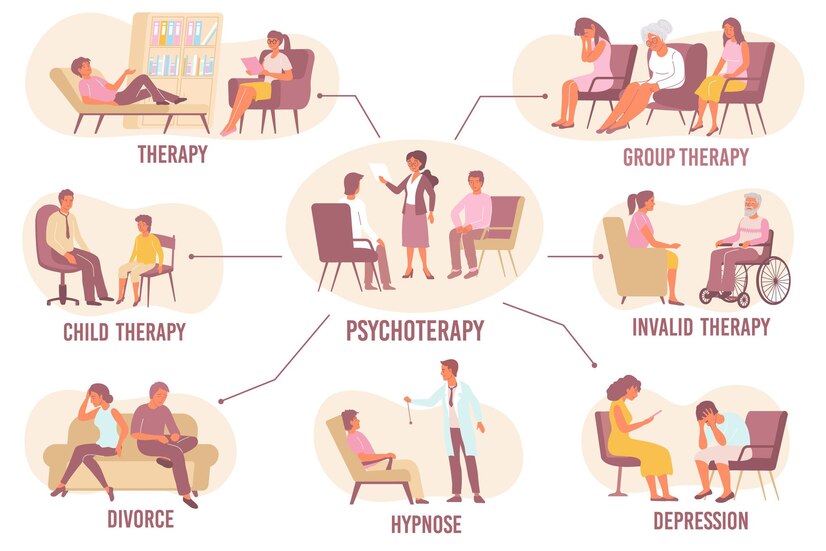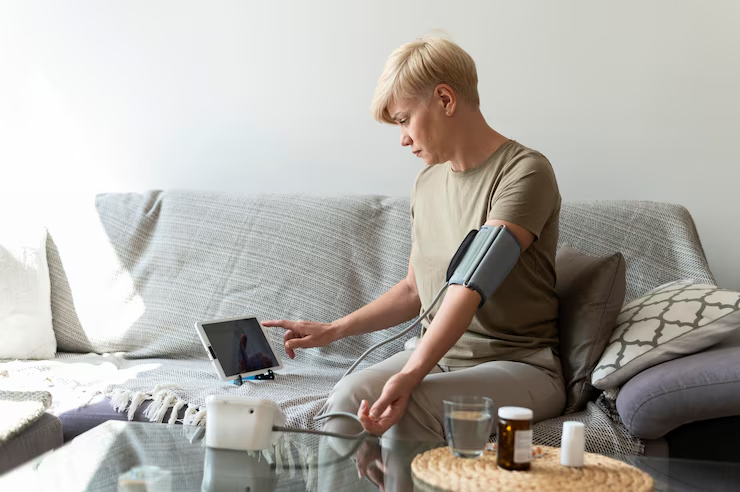Table of contents
As CBD continues its rise in popularity, many health‑minded individuals are discovering that using CBD for Enhanced Results alongside other proven therapies can deliver superior outcomes. Whether you’re managing chronic pain, anxiety, sleep issues, or overall wellness, strategically combining CBD with complementary treatments can amplify benefits, speed recovery, and improve quality of life—safely and effectively.
In this comprehensive guide, we’ll explore why pairing CBD with other modalities makes sense, which combinations yield the best outcomes, and practical tips to integrate CBD into your broader health regimen.
What Does “For Enhanced Results” Really Mean?

The phrase “for Enhanced Results” refers to the concept of using CBD not as a standalone remedy, but as part of a multimodal approach. Just as athletes don’t rely on supplements alone—blending nutrition, exercise, rest, and mental training—so too can CBD be most powerful when paired with complementary therapies that address different aspects of your health.
Why Combine CBD with Other Therapies?
- Synergy of Effects
Different therapies often work through unique mechanisms. CBD’s anti‑inflammatory and calming properties can augment physical rehabilitation, psychotherapy, or nutritional interventions, creating a synergistic effect that’s greater than the sum of its parts. - Holistic Wellness
Addressing only one facet of a condition—say, pain—ignores other contributing factors like stress, sleep deprivation, or dietary imbalances. Combining CBD for Enhanced Results ensures a more holistic, root‑cause approach. - Reduced Medication Reliance
Integrating CBD with conventional treatments can sometimes allow for lower doses of stronger pharmaceuticals, minimizing side effects and drug interactions. - Personalized Care
Every individual responds differently. A blended regimen lets you tailor intensity, timing, and dosage of CBD and other therapies based on personal lifestyle, genetics, and health goals.
Top CBD Combination Strategies

1. CBD + Physical Therapy & Exercise
- Why It Works: Physical therapy rebuilds strength and mobility; CBD helps reduce post‑exercise inflammation and pain.
- How to Implement: Take a moderate CBD dose (e.g., 20–30 mg) 30–60 minutes before your session to improve comfort and focus, then a follow‑up dose afterward to aid muscle recovery.
2. CBD + Acupuncture/Chiropractic Care
- Why It Works: Acupuncture and chiropractic align the body’s structural and energy systems. CBD’s anti‑inflammatory and analgesic effects can enhance the relief these modalities provide.
- How to Implement: Administer CBD oil sublingually 15 minutes before your appointment to support relaxation and boost endorphin release during treatment.
3. CBD + Massage Therapy
- Why It Works: Massage improves circulation and lymphatic flow; CBD’s muscle‑relaxing properties help release deep‑seated tension.
- How to Implement: Use a topical CBD balm or lotion directly on sore muscles before or after massage for localized relief for Enhanced Results.
4. CBD + Cognitive Behavioral Therapy (CBT)
- Why It Works: CBT teaches coping skills for anxiety, depression, and stress. CBD’s anxiolytic effects can lower baseline stress, making you more receptive to cognitive restructuring techniques.
- How to Implement: Take a low CBD dose (10–15 mg) before your therapy session to calm the mind and improve focus on therapeutic exercises.
5. CBD + Sleep Hygiene Practices
- Why It Works: Good sleep hygiene (consistent schedule, limiting screens, dark room) sets the stage for deeper rest. CBD can reduce nighttime anxiety and promote faster sleep onset.
- How to Implement: Take CBD oil (20–25 mg) 45–60 minutes before bedtime in conjunction with a warm bath or relaxation routine.
6. CBD + Dietary & Nutritional Support
- Why It Works: Nutrition underpins every aspect of health. Anti‑inflammatory foods (omega‑3s, antioxidants) combined with CBD can further reduce systemic inflammation.
- How to Implement: Incorporate CBD capsules with meals rich in healthy fats to enhance absorption and pair with a diet emphasizing whole, nutrient‑dense foods.
Safety Tips for Combining CBD with Other Therapies
- Consult Your Healthcare Provider
Especially if you’re on prescription medications—CBD can interact with drugs metabolized by liver enzymes (CYP450). - Start Low, Go Slow
Introduce CBD and new therapies one at a time. Begin with a small CBD dose and gradually increase while monitoring for side effects. - Track Your Progress
Keep a health journal logging doses, therapy sessions, symptoms, and outcomes. This data helps fine‑tune your regimen. - Choose Quality CBD Products
Opt for third‑party tested, full‑spectrum or broad‑spectrum CBD with clear labeling of cannabinoid content and zero THC tolerance if drug testing is a concern. - Mind Timing and Dosage
Different combinations require precise timing. For example, use CBD before physical activity for pain management or before therapy sessions for mental calmness.
Frequently Asked Questions (FAQs)
Possibly—but always consult your doctor. CBD may alter drug metabolism, allowing lower doses of painkillers while maintaining efficacy.
Not usually if done correctly. Starting with low CBD doses and reputable products minimizes risks. Monitor closely when adding new elements.
It varies by individual and combination. Some notice improved outcomes within days; others need 2–4 weeks of consistent use.
CBD can be safely paired with most non‑invasive treatments. Avoid unclear interactions (e.g., potent immunosuppressants) without medical guidance.
Yes. Oral CBD offers systemic relief, while topicals target localized pain or inflammation. Using both can maximize benefits for Enhanced Results.





